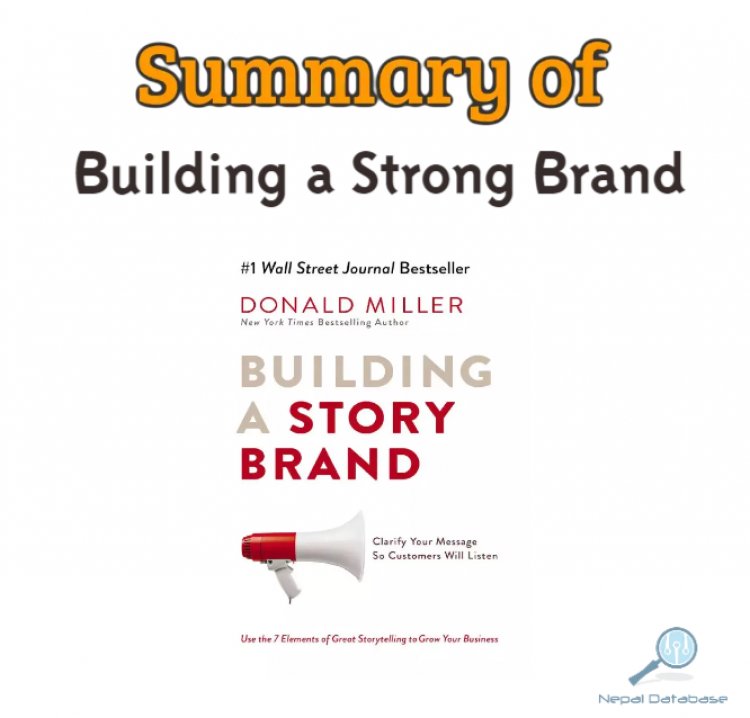A Comprehensive Summary of Building a Story Brand by Donald Miller
Discover the powerful framework for creating a compelling brand message with this comprehensive summary of "Building a Story Brand" by Donald Miller. Learn how to clarify your message, connect with customers, and grow your business.

"Building a Story Brand" by Donald Miller is a book that provides a framework for businesses to create a compelling brand message that resonates with customers. The book introduces the StoryBrand framework, which is a seven-part framework that helps businesses clarify their message, connect with customers, and ultimately grow their business.
The first part of the framework is to identify the customer's problem. Miller argues that businesses need to focus on the customer's problem, rather than their own product or service. Customers are looking for solutions to their problems, and businesses that can provide those solutions will be more successful.
The second part of the framework is to position the business as the guide. Miller suggests that businesses need to position themselves as the guide, rather than the hero of the story. Customers are the hero of their own story, and businesses need to position themselves as the guide who can help the hero overcome their problems.
The third part of the framework is to give the customer a plan. Miller argues that businesses need to provide customers with a clear plan of how they can solve their problem. This plan should be easy to understand and follow, and it should give the customer confidence that they can achieve their desired outcome.
The fourth part of the framework is to call the customer to action. Miller suggests that businesses need to give customers a clear call to action, such as signing up for a free trial or scheduling a consultation. The call to action should be specific, easy to understand, and easy to take.
The fifth part of the framework is to create a sense of urgency. Miller argues that businesses need to create a sense of urgency to encourage customers to take action. This could include offering a limited-time discount or highlighting the consequences of not taking action.
The sixth part of the framework is to provide social proof. Miller suggests that businesses need to provide social proof, such as customer testimonials or case studies, to show that their product or service is effective and trustworthy.
The seventh and final part of the framework is to offer a clear value proposition. Miller argues that businesses need to offer a clear value proposition that explains what they do, who they do it for, and how they can help customers solve their problems.
Throughout the book, Miller uses real-world examples and case studies to demonstrate how businesses have successfully used the StoryBrand framework to clarify their message and grow their business. He also provides practical tips and exercises for businesses to implement the framework in their own marketing efforts.
Overall, "Building a Story Brand" provides a powerful framework for businesses to create a compelling brand message that resonates with customers. By focusing on the customer's problem, positioning the business as the guide, providing a clear plan, and creating a sense of urgency, businesses can connect with customers and ultimately grow their business.
What's Your Reaction?








































































































